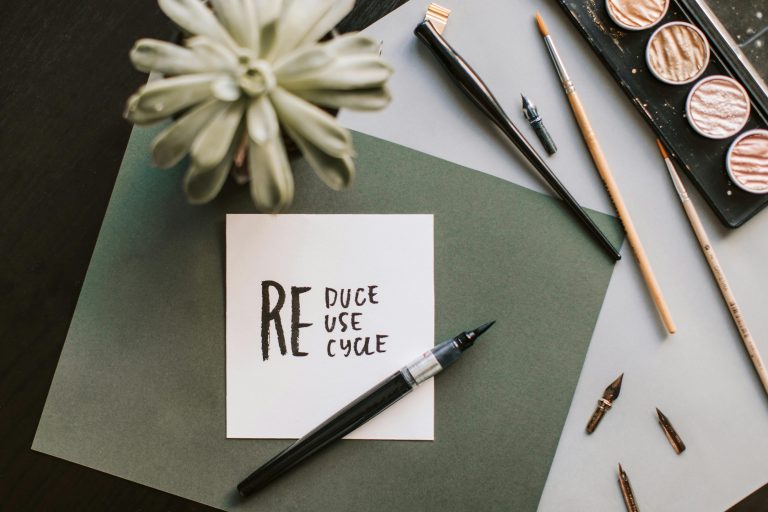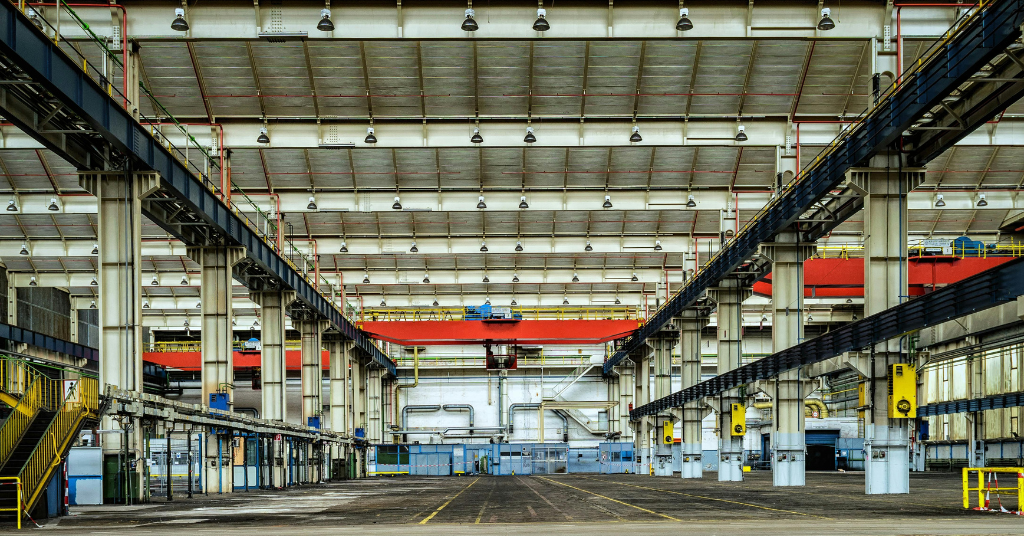In a world striving for carbon neutrality, reuse and repurposing of existing items emerge as powerful allies. Giving objects a second life—from furniture and electronics to textiles—reduces emissions, saves resources, and stimulates local economies. These circular strategies don’t just extend product lifespans, they help advance the European Union’s Fit for 55 climate goals by slashing demand for new production, lowering greenhouse gas emissions, and reinforcing sustainability across sectors.
1. The power of reuse and circularity
Reuse, as opposed to recycling or disposal, involves retaining items in use, either for their original purpose or through creative repurposing. This minimizes energy expenditure, resource extraction, and carbon emissions. In fact, reusing products can reduce carbon emissions and the overall footprint by over 50% compared to a full product lifecycle, making it one of the least energy-intensive solutions.
Reuse also fuels local economies. Swap centers, repair cafés, and second-hand marketplaces keep valuable goods circulating, foster community engagement, and create green jobs.

2. Fit for 55: a circular economy core
The Fit for 55 package—the EU’s plan to cut greenhouse gas emissions by at least 55% by 2030—facilitates this circular shift. It forms a legislative backbone that elevates circular strategies within the broader Green Deal.
For example, enabling a circular and climate-neutral industrial value chain depends on ambitious policies such as the EU Emissions Trading System (ETS) reform and the Carbon Border Adjustment Mechanism (CBAM), both of which are embedded in Fit for 55.
Moreover, the Fit for 55 agenda explicitly supports “circularity” and “sufficiency”—strategies that reduce energy and materials demand, especially in construction and other resource-heavy sectors—amplifying the impact of reuse practices.
3. Real-world wins: urban mining in Leuven
A compelling real-world example comes from Leuven, Belgium, where “urban mining” transforms demolition waste into building blocks for new projects. Salvageable materials—like wood, metal, and bricks—are reclaimed, reused, and reintroduced into the local construction ecosystem. This approach reduces disposal demand, lowers embodied emissions, and supports social inclusion through employment programs targeting immigrants and the long-term unemployed.
Leuven’s efforts exemplify how reuse can become central to city-level sustainability goals, aligning local climate ambitions (like becoming carbon-neutral by 2050) with Fit for 55’s systemic push toward circular industrial value chains and emissions reductions.
4. Broader benefits and replicability
Beyond energy and carbon savings, granting new lives to old items promotes equity and inclusivity; lower-cost access to goods, skills development in repair trades, and community cohesion through second-hand networks. EU-level tools such as Interreg-supported initiatives and reuse-and-repair policy briefs help local authorities scale these schemes effectively.
Textile reuse, for example, proves particularly effective: saving up to 8 tonnes of CO₂ equivalents and 164 GJ of energy per tonne, outperforming recycling by a significant margin.
Conclusion
Reusing and repurposing items isn’t just a resource-saving act, it’s a climate strategy. By extending product lifespans, communities help cut emissions, reduce consumption, and embrace circular economic principles. Within the Fit for 55 framework, reuse becomes more than a behavior; it’s a policy-empowered, scalable driver of sustainable transformation. As Europe accelerates toward climate neutrality, giving old items a new life emerges as a practical, impactful pathway to hitting the 2030 emissions target while building greener, fairer societies.
Sources and references:
- https://eur-lex.europa.eu/legal-content/EN/TXT/?uri=CELEX%3A52021DC0550
- https://euric.org/resource-hub/position-papers/fit-for-55-package-an-ambitious-eu-climate-agenda-is-key-to-the-circular-economy
- https://eeb.org/library/sufficiency-and-circularity-the-two-overlooked-decarbonisation-strategies-in-the-fit-for-55-package
- https://www.theguardian.com/lifeandstyle/2025/mar/19/its-beautiful-dont-you-think-the-urban-miners-unearthing-treasure-in-belgiums-homes-and-garages
- https://www.interregeurope.eu/sites/default/files/2022-12/Policy%20brief%20on%20reuse%20and%20repair%20in%20a%20circular%20and%20social%20economy.pdf




